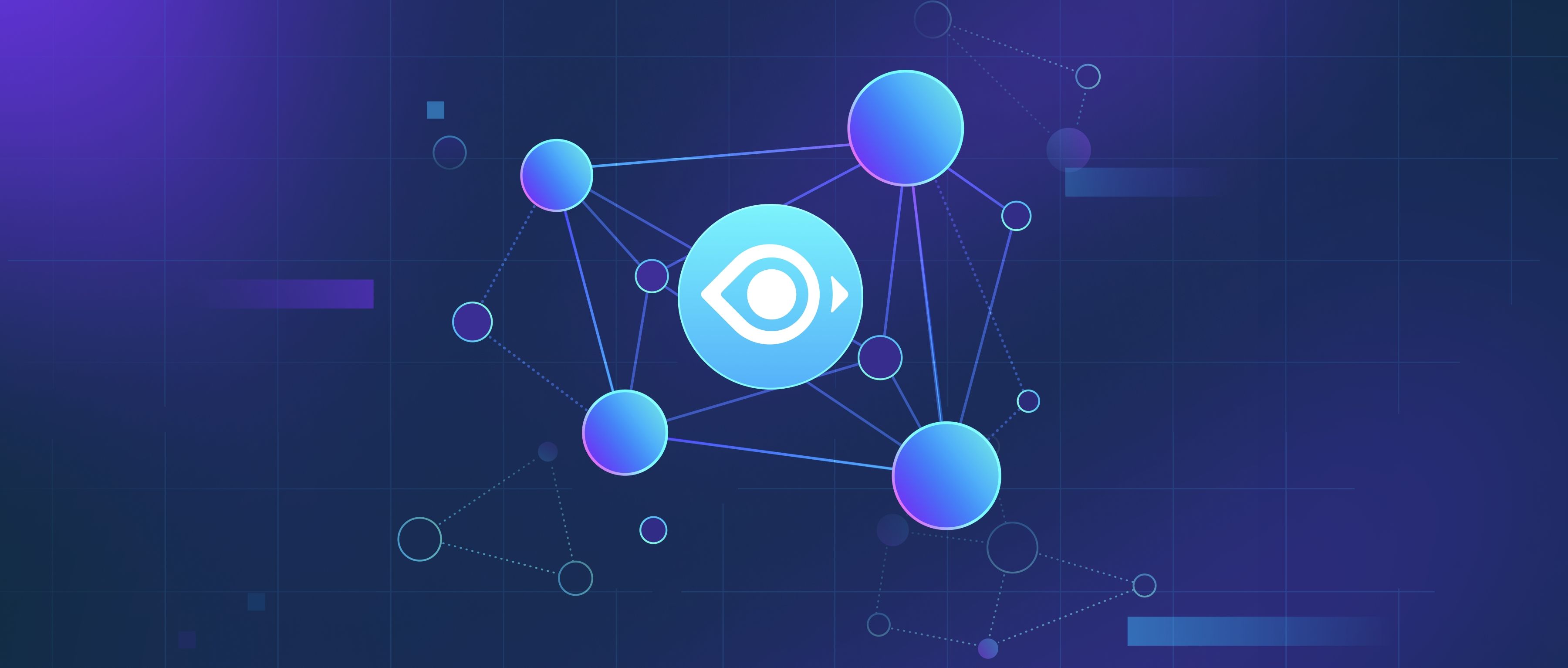DeepSeek utilizes a combination of powerful hardware components tailored for model training, focusing primarily on Graphics Processing Units (GPUs) and Tensor Processing Units (TPUs). These units are essential for handling the complex computations involved in training deep learning models. The specific choice of hardware often depends on the scale of the data and the complexity of the models being developed. For instance, multiple NVIDIA GPUs, such as the A100 or V100 series, are commonly employed for their efficiency in parallel processing, which significantly speeds up training times. Additionally, when there’s a need for even greater performance, DeepSeek may leverage cloud-based TPU clusters from Google, which are designed specifically for machine learning tasks.
In terms of infrastructure, DeepSeek typically sets up high-performance computing clusters that enable it to run experiments across multiple nodes. Each node is equipped with several GPUs or TPUs, connected via high-speed interconnects like NVIDIA NVLink or Google's TPU interconnect. This allows for efficient data transfer between processors, which is crucial when training large models on massive datasets. Along with these processing units, the infrastructure also includes substantial RAM and fast storage solutions like SSDs to facilitate quick data access, thereby minimizing bottlenecks during training.
Moreover, the organization prioritizes a robust network architecture to support distributed training across multiple machines. This approach allows DeepSeek to scale effectively, efficiently managing larger workloads and reducing the time taken to train models. By incorporating containerization tools like Docker, the team ensures that the training environment remains consistent and reproducible across different hardware configurations. Overall, DeepSeek’s hardware infrastructure combines advanced computational power with efficient networking and storage solutions to support its deep learning endeavors effectively.
